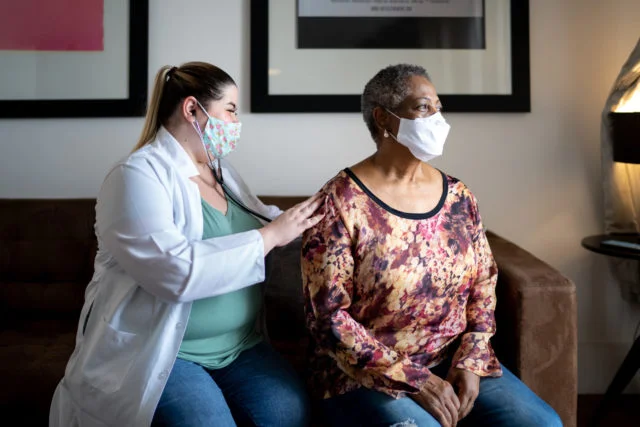Tag: Medicaid

Rural hospital closings can be a matter of life or death. Residents in these remote locations may have to drive 100 miles or more for emergency medical care. One new study found that hospital closings increase mortality in rural areas by 6 percent. No such impact occurred in urban areas with multiple medical centers. Bot…

A monthly disability check from the federal government is a lifeline for poor and low-income persons with disabilities, but they still face a daily struggle to meet their basic needs and cover their expenses. In in-depth interviews, 35 low-income people in Worcester, Massachusetts, described how they make ends meet on the disability benefit they get…









